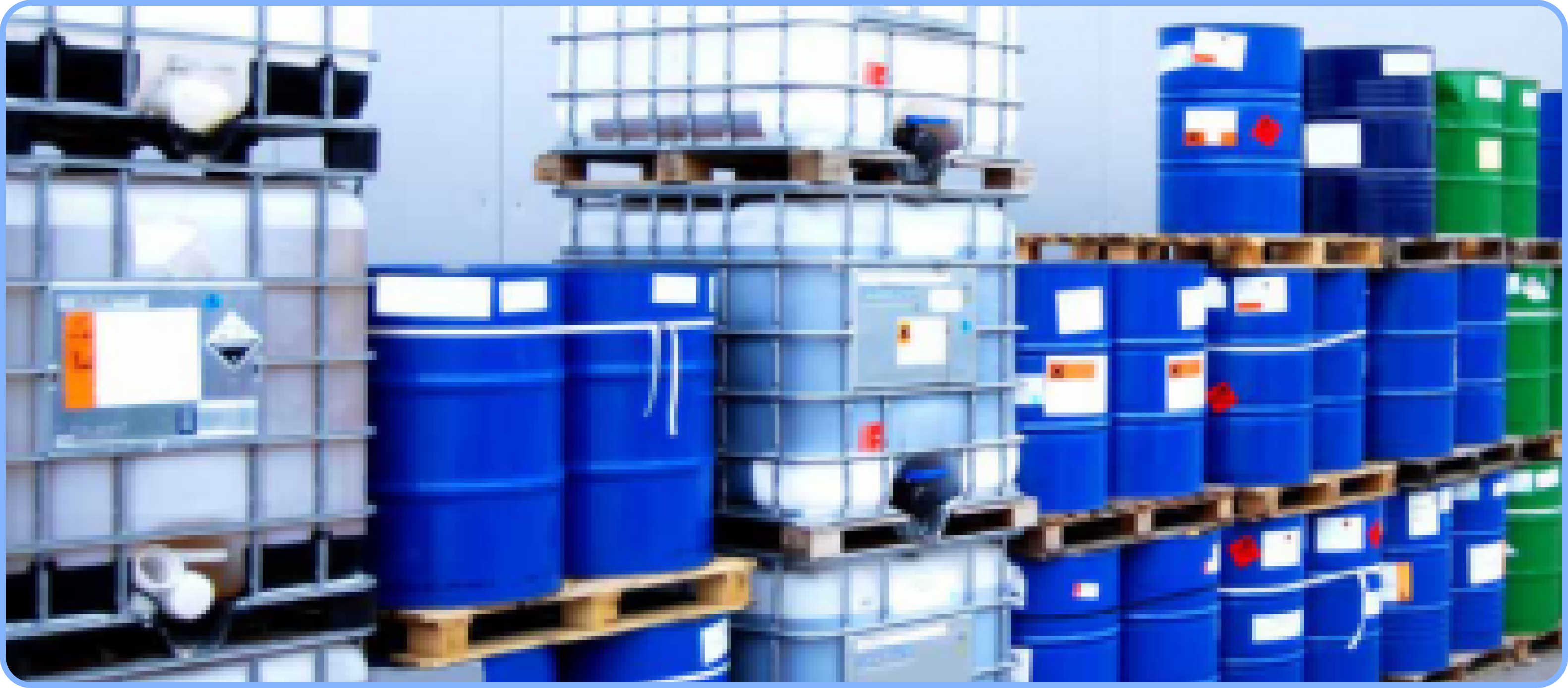
Water & Wastewater Treatment Chemicals and Supply
Water and wastewater treatment involves the use of various chemicals to ensure water quality and safety. These chemicals are essential for removing contaminants, conditioning water, and managing the treatment process. Here’s an overview of the types of chemicals used in water and wastewater treatment and considerations for their supply:
Coagulants and Flocculants
- Coagulants: Help to neutralize charges and aggregate particles to form larger particles (e.g., aluminum sulfate, ferric chloride).
- Flocculants: Assist in forming larger flocs from smaller particles to facilitate easier removal (e.g., polyacrylamides).
Corrosion Inhibitors
- Phosphates
- Silicates
Odor Control Agents
- Activated carbon
- biofilters
- chlorine dioxide
pH Adjusters
- Chemicals used to adjust the pH levels to the desired range for various treatment processes (e.g., lime, sulfuric acid, sodium hydroxide).
Disinfectants and Oxidants
- Chlorine: Commonly used for killing pathogens in water.
- Ozone: Strong oxidizing agent used for disinfection.
- UV Radiation: Non-chemical method for killing microorganisms.
Corrosion and Scale Inhibitors
- Prevent corrosion and scale formation in pipes and equipment (e.g., phosphates, silicates).
Oxidants
- Used to remove organic and inorganic contaminants (e.g., hydrogen peroxide, potassium permanganate).
Water and wastewater treatment chemicals play a crucial role in maintaining clean and safe water supplies. A reliable supply chain ensures the availability of high-quality chemicals, safe transportation and handling, regulatory compliance, and minimal environmental impact. Understanding the types of treatment chemicals and their applications helps optimize water treatment processes and improve overall water quality.

